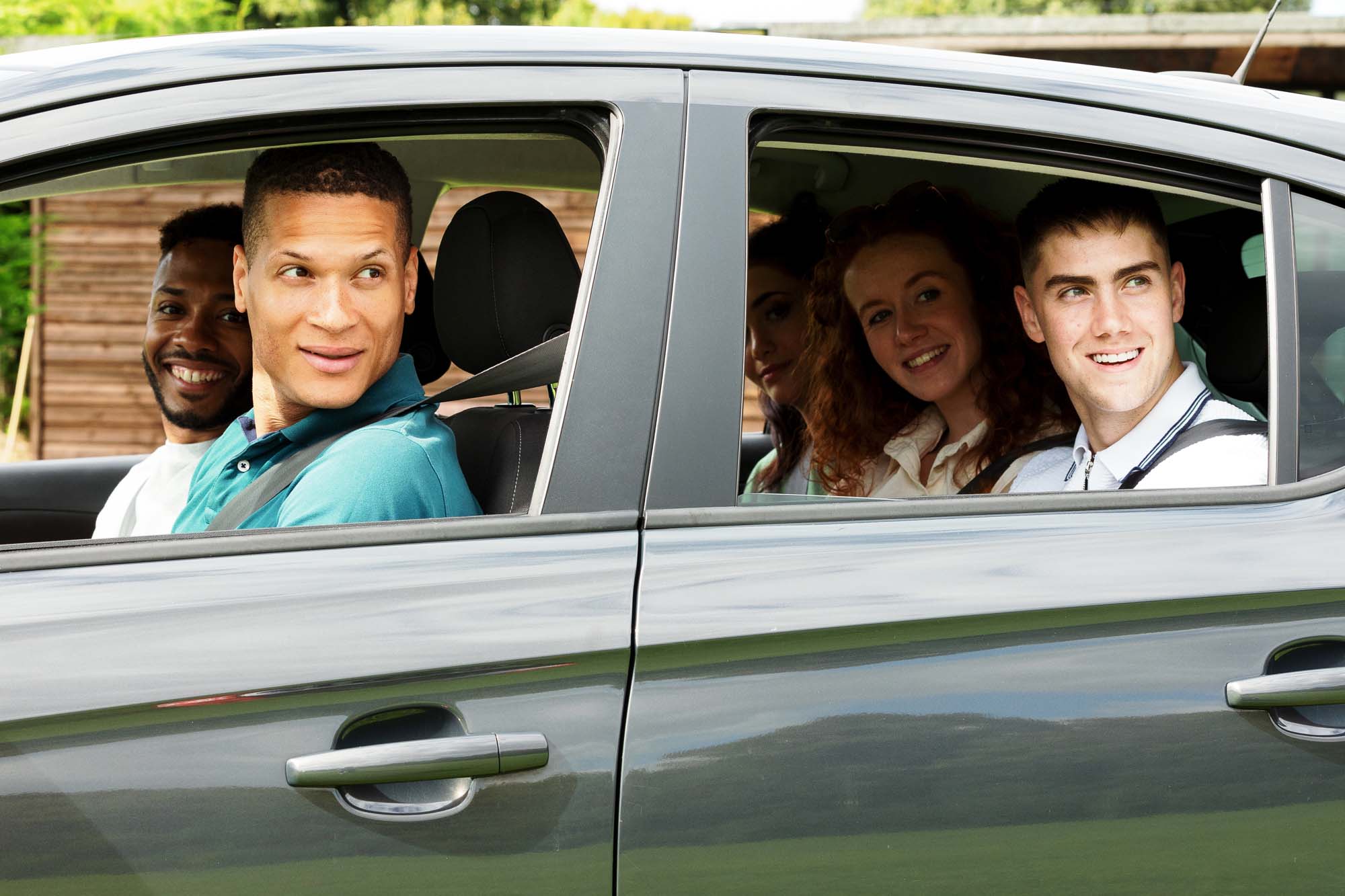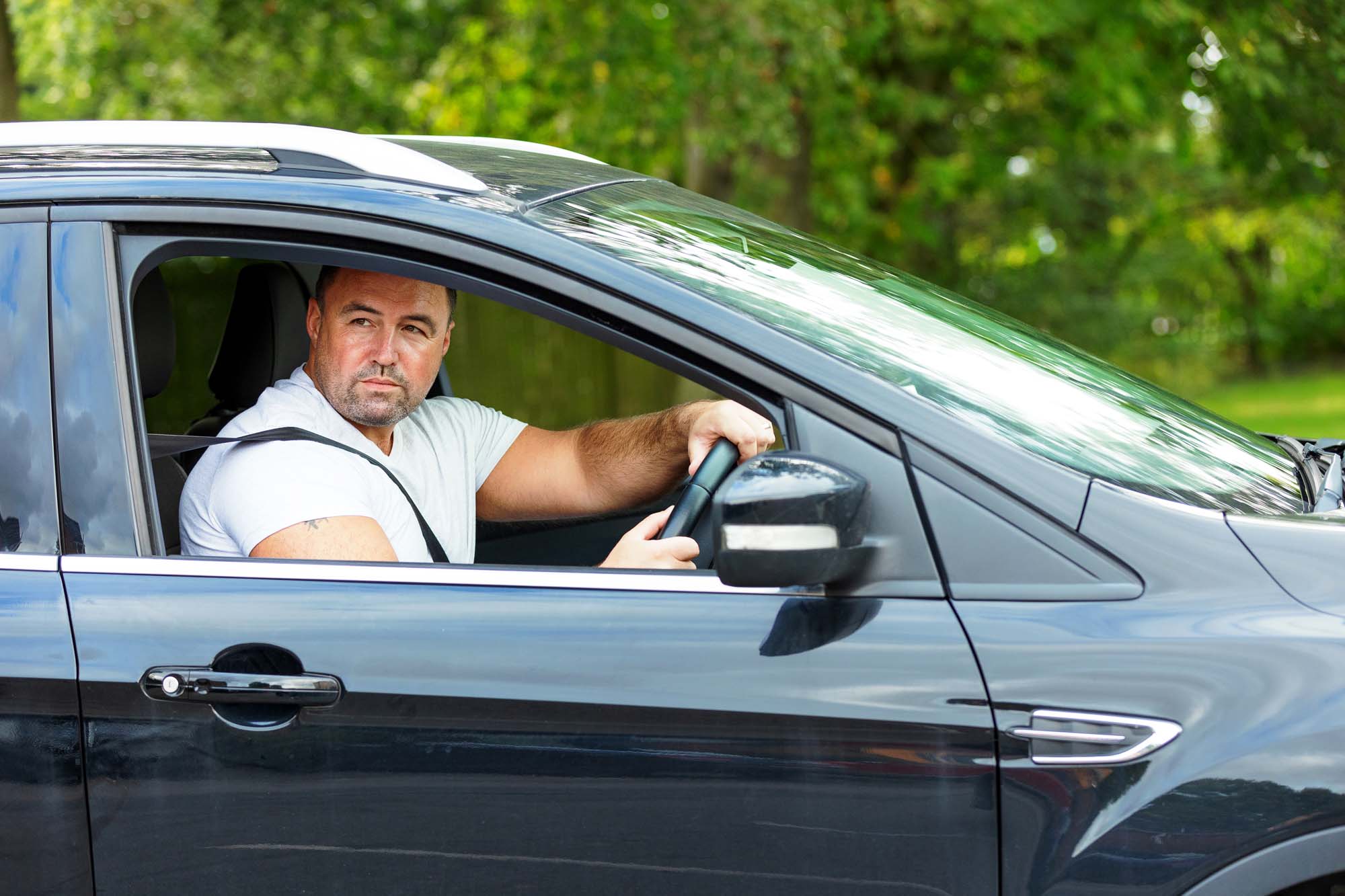Feeling nervous behind the wheel? You’re not alone. Whether you’ve recently passed your test or are returning to driving after a break, building confidence takes time. The good news? There are practical steps you can take to feel more in control. Here’s how to get started.
Is It Normal to Feel Nervous About Driving?
Yes – driving anxiety (or vehophobia) is common in the UK. It can range from mild nerves to panic at the mere thought of getting behind the wheel. Common symptoms include:
- Sweating
- Rapid heart rate
- Shaking
- Feelings of dread or panic
Triggers vary from past accidents and fear of losing control, to driving in unfamiliar areas or alone. Whatever’s causing your nerves, there are ways to ease them.

How to Build Driving Confidence: Tips for Nervous Drivers
Here’s how to start feeling more at ease, both before and during your time on the road.
Before You Drive:
Plan your route – Knowing where you’re going removes uncertainty. Use a sat-nav and keep a backup map handy, just in case.
Brush up on the Highway Code – A quick refresher boosts your confidence and ensures you’re clear on road signs and rules.
Avoid caffeine – Stimulants like coffee can heighten anxiety. Stick to water or calming teas instead.
Sleep well – Being rested helps with focus and reduces nervousness. Tiredness can impair judgement and slow reaction times.

While Driving:
Put your phone away – Avoid distractions by keeping it on silent and out of reach. If you need it for navigation, turn on ‘Do Not Disturb’ mode.
Play calming music – Slow-tempo, instrumental tracks can help relax your mind and body.
Stick to the basics – Maintain a safe distance, check mirrors regularly, and signal early. These habits will help you feel more in control.
Don’t rush – Drive at a pace that feels comfortable (within speed limits). Let other drivers overtake if needed.
Use affirmations – Positive self-talk like “I’ve got this” or “I’m in control” can calm racing thoughts.
Take breaks – If you feel overwhelmed, pull over safely and take a moment to reset.
Bring a trusted passenger – A calm, supportive companion can provide reassurance. They can also help share the drive if they’re insured – temporary car insurance makes this easy.
Ongoing Support:
Try breathing techniques – Deep breathing helps calm your nervous system. Inhale for 4 seconds, hold for 4, and exhale for 4.
Book refresher lessons – A few sessions with a driving instructor can help address specific fears or build confidence in areas like motorways or parking.
Keep a driving diary – Track how you feel before and after each trip. Spotting patterns can help you overcome specific triggers.
Speak to your GP – If anxiety is affecting your daily life or keeping you off the road, professional support can make a big difference.

How Long Does it Take to Build Driving Confidence?
There’s no one-size-fits-all answer. Some drivers gain confidence quickly with regular practice, while others may need extra support like refresher lessons or therapy to feel more at ease.
Be patient with yourself. Start with short, familiar routes, and celebrate every small win – they all add up. Confidence builds gradually with time, consistency, and positive experiences behind the wheel.
If you’re a new driver, it’s completely normal to feel nervous at first. Many people find that within a few months of passing their test, regular driving helps those nerves ease. If you’re a more experienced driver who still feels anxious, it might take longer to overcome your nerves, and that’s okay. What matters is finding strategies that work for you and giving yourself the space to rebuild trust in your ability.
How to Get Back Into Driving After a Break
Haven’t driven in a while? Here’s how to ease yourself back in:
- Check your vehicle – Make sure your car is taxed, MOT’d, insured, and roadworthy.
- Start small – Begin with quiet roads and short journeys.
- Drive at quieter times – Avoid peak traffic to reduce stress.
- Bring someone along – A trusted passenger can help you feel less alone.
- Use P plates – These signal to others that you’re still gaining confidence.
- Book a few refresher lessons – Especially useful if your last drive feels like a distant memory.
- Consider temporary insurance – If you’re not ready to commit to an annual policy, temporary cover lets you ease back in at your own pace.
Can Insurance Help With Driving Confidence?
It might not be the first thing you think of, but having the right insurance can genuinely help boost your confidence behind the wheel.
Comprehensive cover offers far more peace of mind than third-party alone. It protects both you and the car you’re driving, which is a huge reassurance if you’re feeling nervous.
If you don’t own a car, temporary car insurance gives you flexible, fully comprehensive cover when borrowing someone else’s car. That means:
- You can get back on the road without a long-term commitment.
- You’re free to choose a car you feel safer in.
- A friend or family member can be insured to drive and take over if needed.
- You protect the vehicle owner’s no-claims discount – or your own – even if something goes wrong.
Whether you’re building confidence, returning to the road, or just need cover for a specific trip, short-term car insurance gives you the flexibility and peace of mind to drive on your own terms. Get a quote today and take the pressure out of getting back behind the wheel.


